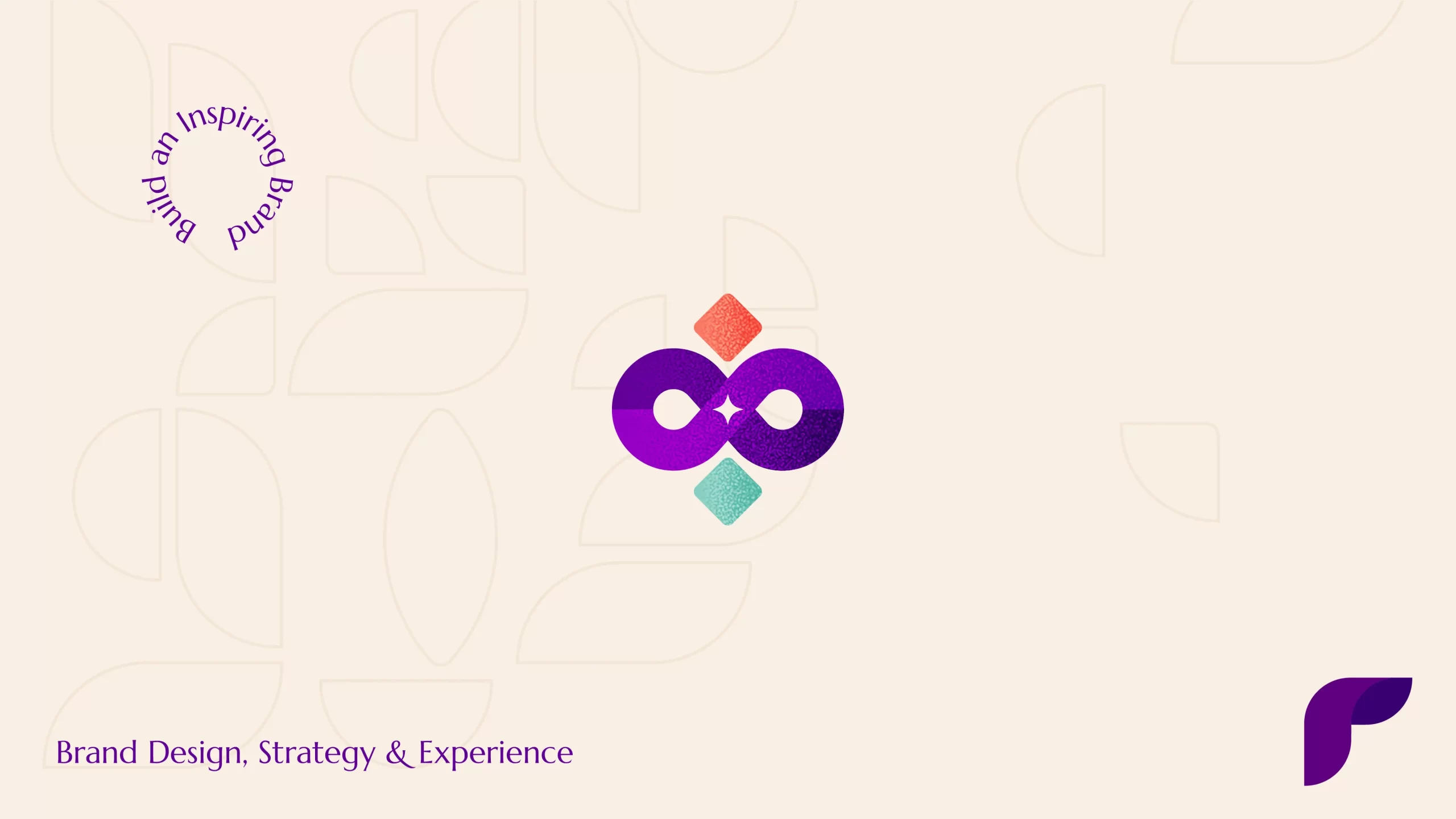We’ve all heard the saying “you are what you eat.” Well, this is just as true for companies as it is for humans. In fact, your brand is one of the most important tools in building a successful business. As such, B2B branding should be treated like any other part of your marketing plan—it’s essential to your success and it requires consistent attention if you want to stand out from the crowd.
Your brand is the core of everything you do and I hope this article inspires you to make some positive changes to yours.
What is B2B Branding?
To be honest, it’s quite different from B2C Branding.
While B2C branding is about building trust and credibility with audiences, B2B branding is more about building a relationship with your audience.
Even though these two are fundamentally distinct processes (one being transactional and the other relational), they both promote brand awareness through consumer interaction.
However, while B2C brands can rely on a personal connection between consumers and products/services offered by their company, no such bond exists in the world of business-to-business (B2B) marketing—this means that your business will have difficulty creating any kind of loyalty to its products or services unless you invest time into building trust among your target market upfront.
Understand your brand mission and vision.
It’s a good idea to start off by understanding your brand mission and vision. This will help you to understand who the customers are, what your company does and what differentiates it from its competitors. You can also define five aspects of your brand:
Brand’s unique selling proposition (USP) – this is what makes your product stand out from others in the market. It could be quality, service or something else. The USP should be unique so that customers know that they are buying from you instead of someone else;
Core values – these are principles or standards that guide how we behave as an organization;
Promise – this is what we promise to deliver when we interact with customers;
Mission statement – this captures why the company exists in the first place;
Vision statement – this captures where you want to take your company over time.
Spend more time on your core values and promise.
B2B branding is built by focusing on the core values and the promise than any other strategic elements.
The crucial step in building a b2b brand that resonates with your audience is to clearly define your core values. These are the beliefs and principles you hold dear, and they should be the foundation for everything else you do. To identify them, ask yourself these questions:
- What do I believe in?
- Why am I in business?
- How can I use my capabilities to make a positive impact on society?
Once you’ve identified your core values, consider how they can help shape all of your marketing campaigns and messaging.
For example, if one of your core values is “diversity,” then incorporating diversity into every aspect of your brand would make sense—and so would telling potential customers why they should trust what you sell over some other company’s product or service (since diversity is such an important part of who you are).
Your b2b brand should own a niche.
Once you’ve figured out who your audience is, it’s time to work on being relevant and unique. You want your brand to be the go-to brand for that audience. This can be done by owning a niche within your industry.
You need to differentiate yourself from your competitors, and the best way to do this is by focusing on a specific niche. If you’re the only company selling products or services in a particular niche, then it’s highly likely that people will buy from you if they need what you’re selling.
For example, if you’re selling accounting software and services, a good niche would be small business owners looking for software with easy employee management features (like Shift Planner).
Be human. Give your brand a personality.
Your brand’s personality is the human element of your company, what makes it unique and distinctive in a sea of similarities.
Cohesive & distinguished brand identity is an important part of any successful B2B marketing strategy. In order to create a strong brand identity that resonates with your audience, you need to have a distinct voice and tone in your messaging.
Giving your brand a personality is considered a B2C approach. The number of companies that are building their brand from the B2C perspective is increasing, which should not come as a surprise because most buyers prefer to have an emotional connection with brands that they interact with.
As more and more businesses focus on creating this kind of relationship with their customers, it’s important for you to take into consideration how your brand can connect emotionally with your audience. Being human is the way to go because its people even in B2B transactions.
The key here is to be original: if you try too hard or try to force something on people who don’t want it, people can sense right through it—and then they won’t buy anything from you!
Aim for consistency in communication, not uniformity.
When it comes to B2B branding, consistency in communication is key.
Communication can be in any form, from website to an email, from a newsletter to a poster stuck on your office wall.
Consistency in everything that you communicate to your audience with, builds trust and loyalty. When people see your business as reliable and trustworthy, they’ll be more likely to engage with you when a need arises. The b2b brand that communicates consistently also makes it easier for customers to find the information they need about your products or services—which means more conversions for you!
Consistency helps customers recognize your brand. This recognition increases their comfort level with the product or service being offered by an organization because it’s familiar—and that makes it easier for them all around!
Consistency helps differentiate one company from another: Differentiation is important in any market segment, especially when there are so many options available in any given category (or vertical). By using consistent branding across all mediums—online marketing initiatives included—you can help set yourself apart from competitors who don’t do this same thing effectively enough.
Build brand authenticity by telling stories from within your company’s walls
Think about the stories that need to be told from within your company’s walls. This builds brand authenticity, which is important because people want to work with brands they can trust and feel good about being associated with.
So, what kinds of stories should you be telling? Here are some ideas:
Show off how unique you are. You’ve heard “Think Different” or “Different Is Good” enough times by now—but it still holds true! You can use this phrase (or any other positive self-deprecating line) as a call-to-action for prospective employees in order to show them why working at your organization will be different than anywhere else their career might take them
By having your people speak about their experiences working for your company, creating a video of it, and sharing it with the world, you can also promote your culture and values.
Don’t forget about culture fit and cultural alignment.
Culture fit is important, but cultural alignment is also a must.
What does this mean? It means that you should be hiring people who believe in your company’s core values. But it’s not just about hiring people like you; it’s about finding people who have the same values as you.
For example, if you’re passionate about improving the lives of others and making a difference in the world, then an individual who cares deeply about global issues would be a great hire for your team—not just because they are similar to you, but because they share your values and goals.
Conclusion
Marketing B2B products isn’t easy. But by following these steps and keeping your buyer personas in mind as you design marketing campaigns, you’ll have a much better chance at success!
The most important thing to remember when creating any brand is to keep it exciting. There are so many opportunities for your company to engage with your audience and build your brand in the way it deserves. You can use this piece of information as a guide or an inspiration to build your b2b brand interesting & engaging for your audience. Reach out to us to help you build an inspiring brand for your product or service or company. We are just few clicks away!




